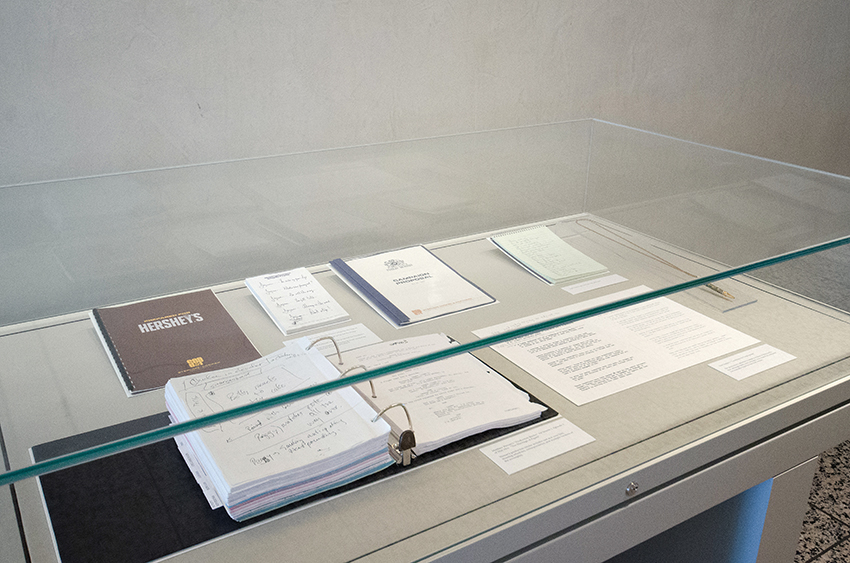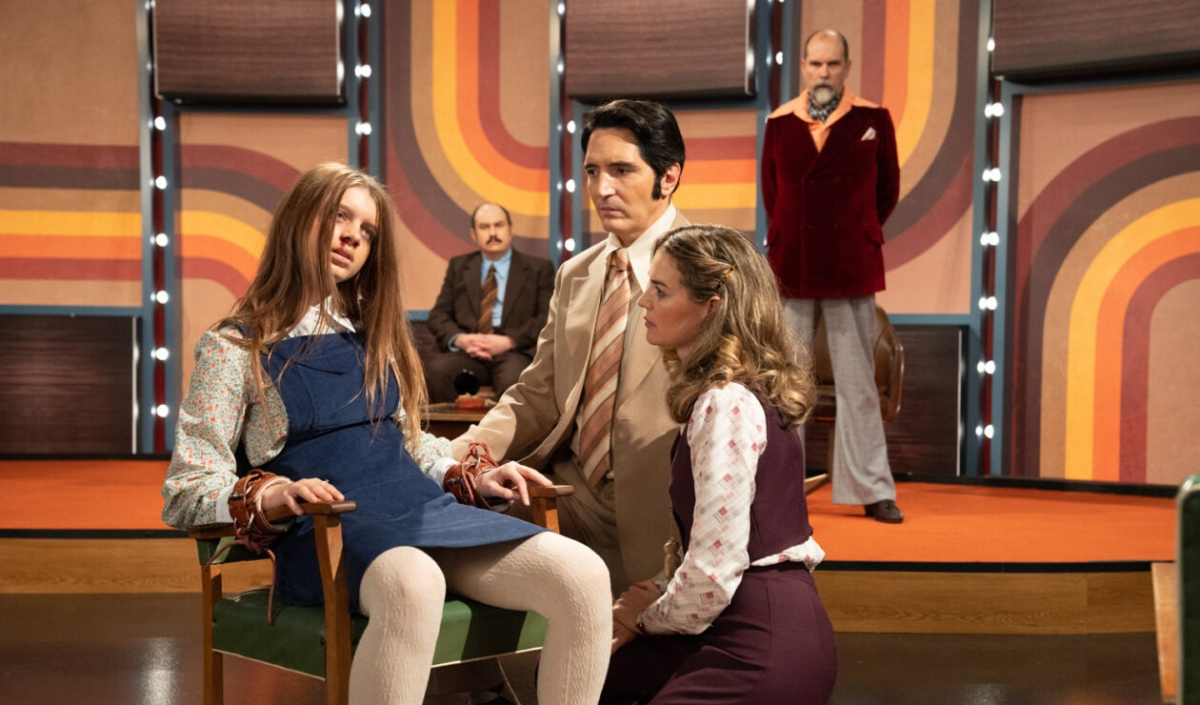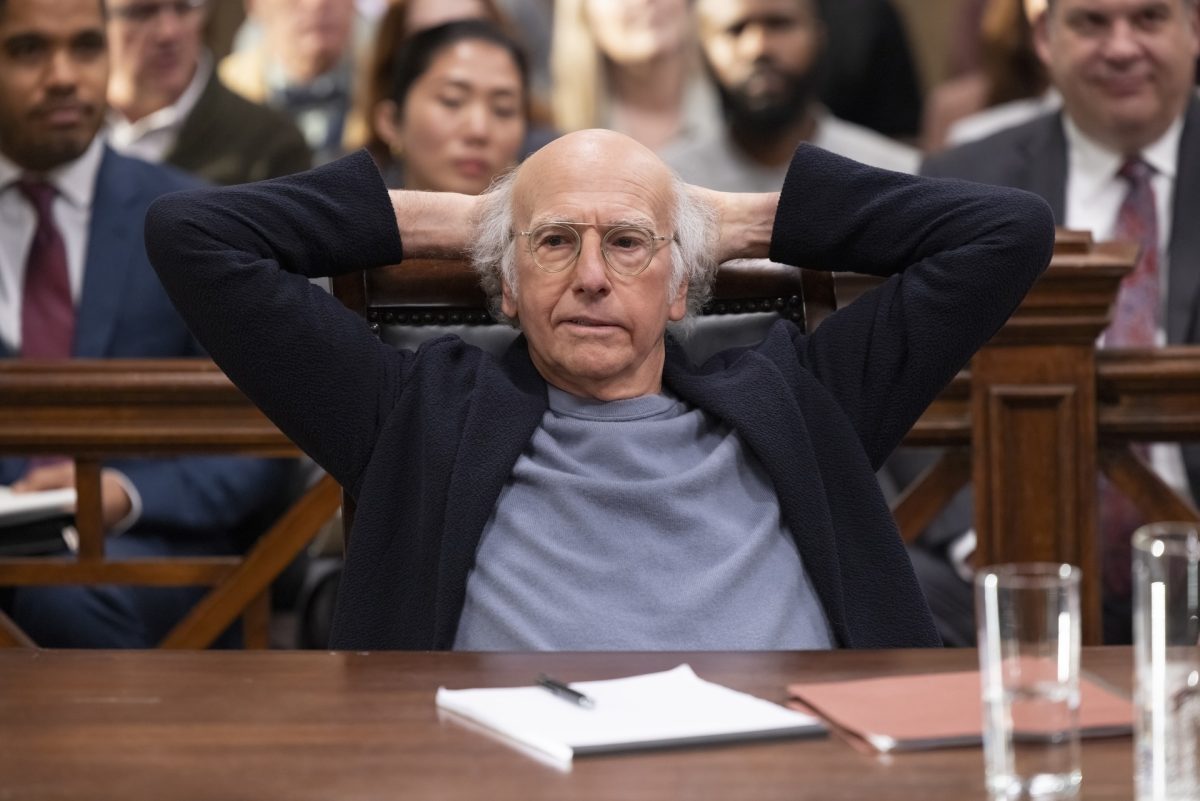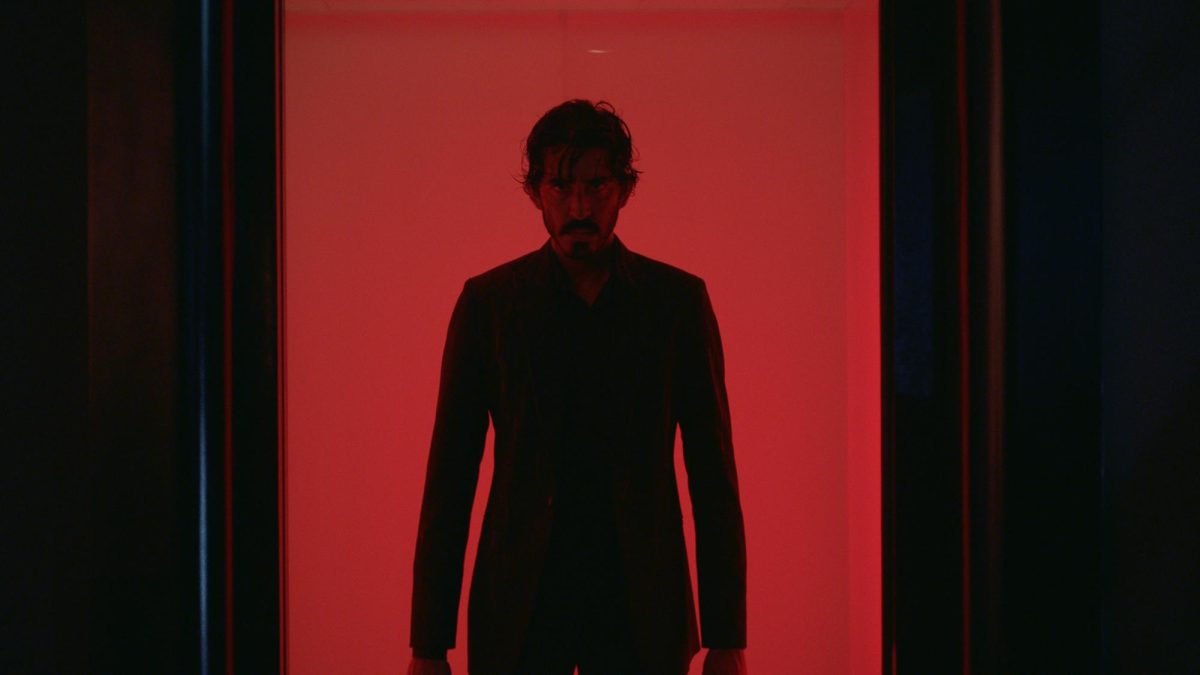At a cocktail party during the Austin Film Festival, “Mad Men” creator Matthew Weiner couldn’t stop thinking about the uncertain future of the popular television drama’s costumes and props as the date of the finale neared when a stranger suggested a possible solution.
“He was depressed because the show was about to end, and he was concerned that a lot of the material would just go up for auction and be dispersed and lost,” said Steve Wilson, curator of film at the Harry Ransom Center.
Incidentally, the person Weiner happened to be talking to was one of Robert De Niro’s former assistants, who had helped with the donation of De Niro’s film materials to the HRC. De Niro’s assistant recommended he take a trip to the HRC to see if the HRC would be a good fit for the collection. After seeing the “Gone With The Wind” exhibit, Weiner felt certain the HRC would be the right place to retire his show’s material and made an arrangement for the “Mad Men” archive to be donated to the University.
“(That’s) kind of how it works, one important collection leads to another,” Wilson said.
Earlier this month, the HRC received 150 boxes of material, including 12 costumes and props from “Mad Men”. The content of the material ranges from written works to valuable visual aids.
“We have all of the versions of scripts from all 92 episodes,” Wilson said. “A lot of it is books and magazines like the New Yorker, Newsweek, Time magazines that were used for the research part.”
Radio-television-film professors are eager to gain access to the archive for use in the classroom.
“I will want (graduate students) going to see how the process of creation worked versus comparing it to the show as it actually aired to get an understanding of process and industry practices,” said Alisa Perren, associate professor and radio-television-film associate chair.
Perren said this collection is an invaluable learning resource because it is rare to see such a complete collection from a recently aired television show.
“You can not only see how they did research but also see the stages of the script-writing process,” Perren said. “You can see choices they made from concept to execution. It gives you a completely different perspective that you wouldn’t be able to get otherwise and so we can think about all the different ways that you can write about and
analyze television.”
Radio-television-film professor Thomas Schatz said his students are eager to get to work with the new archive.
“They appreciate the fact that this is a significant cultural item,” Schatz said. “There is a kid in (my class) who is clearly interested in the writing process, and one kid said he is interested in the role that Lionsgate and the cable network AMC …played in overseeing … the production.”
Since the archive is so new, it is hard to foresee its impact, but Wilson said he expects it to make a big difference in the lives of students.
“Even for the students who don’t come and use the collection,” Wilson said. “The mark of a great university is a great library, and this just adds to our remarkable holdings.”





















